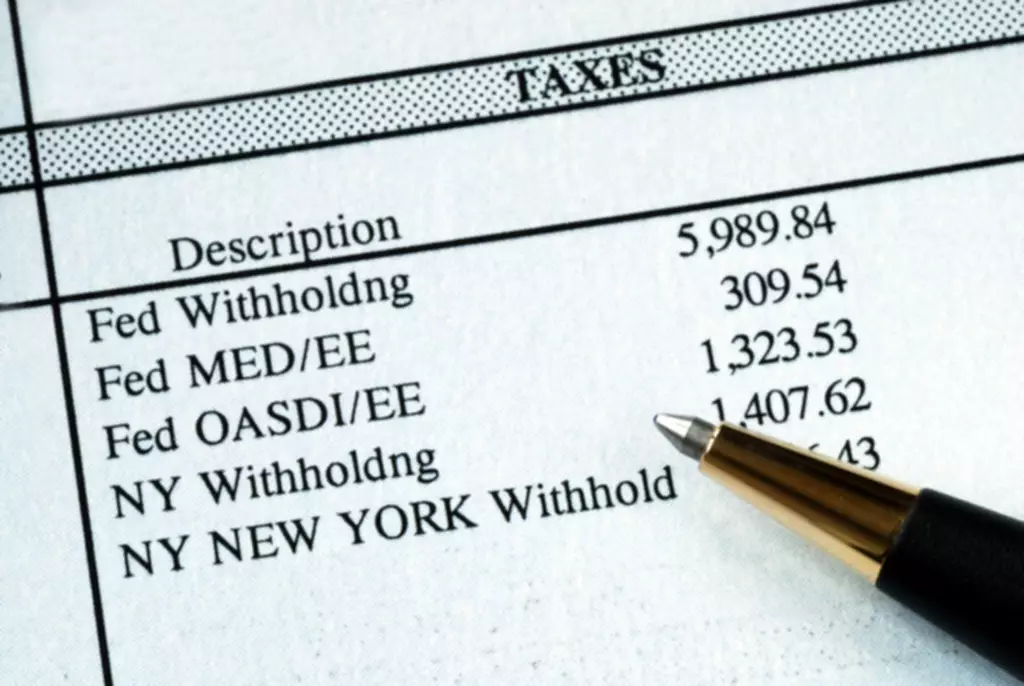Live Cameras San Diego Zoo
Março 19, 2023Best Relationship Sites And Apps For Severe Relationships In 2023
Março 21, 2023Content
- How to prepare a statement of retained earnings for your business.
- Join over 140,000 fellow entrepreneurs who receive expert advice for their small business finances
- How Do You Prepare Retained Earnings Statement?
- What Is a Statement of Retained Earnings? What It Includes
- Beginning of Period Retained Earnings
- What does the statement of retained earnings include?

The statement of retained earnings (retained earnings statement) is a financial statement that outlines the changes in retained earnings for a company over a specified period. When the Retained Earnings account has a debit balance, a deficit exists. A company indicates a deficit by listing retained earnings with a negative amount in the stockholders’ equity section of the balance sheet. The firm need not change the title of the general ledger account even though it contains a debit balance. The most common credits and debits made to Retained Earnings are for income (or losses) and dividends. Occasionally, accountants make other entries to the Retained Earnings account.
Business owners use retained earnings as an indication of how they’re saving their company earnings. Upon combining the three line items, we arrive at the end-of-period balance – for instance, Year 0’s ending balance is $240m. For our retained earnings modeling exercise, the following assumptions will be used for our hypothetical company as of the last twelve months (LTM), or Year 0. LegalZoom provides access to independent attorneys and self-service tools. Use of our products and services are governed by our Terms of Use and Privacy Policy.
How to prepare a statement of retained earnings for your business.
The proceeds of a loan would be an example of a nonoperating cash inflow. On your company’s balance sheet, they’re part of equity—a measure of what the business is worth. They appear along with other forms of equity, such as owner’s capital. After adding the current period net profit to or subtracting net loss from the beginning period retained earnings, subtract cash and stock dividends paid by the company during the year. In this case, Company A paid out dividends worth $10,000, so we’ll subtract this amount from the total of Beginning Period Retained Earnings and Net Profit. That is why the retained earnings account shows up under the owner’s equity on the balance sheet.
- The statement of cash flows requires a fairly complete knowledge of basic accounting.
- However, it can be a valuable statement to have as your company grows, especially if you want to bring in outside investors or get a small business loan.
- The proceeds of a loan would be an example of a nonoperating cash inflow.
- In addition to this, many administering authorities treat dividend income as tax-free, hence many investors prefer dividends over capital/stock gains as such gains are taxable.
- Retained earnings aren’t the same as cash or your business bank account balance.
Check out our FREE guide, Use Financial Statements to Assess the Health of Your Business, to learn more about the different types of financial statements for your business. Before we talk about a statement of retained earnings, let’s first go over exactly what retained earnings are. Retained earnings are a portion of the net profit your business generates that are retained for future use. Companies typically calculate the change in retained earnings over one year, but you could also calculate a statement of retained earnings for a month or a quarter if you want. In order to track the flow of cash through your business — and to see if it increased or decreased over time — look to the statement of cash flows.
Join over 140,000 fellow entrepreneurs who receive expert advice for their small business finances
Beginning and closing retained earnings are the same as the amount of retained earnings in the period 1 and period 2 of the balance sheet. Essentially, retained earnings can finance a business so it can do new things with no need to go through an application process for a loan, and with the cash instantly available and with no questions asked. Seen in this light, it has been said that retained earnings are by default the most widely used form of business financing. Dividends are a debit in the retained earnings account whether paid or not. There are businesses with more complex balance sheets that include more line items and numbers.
Such a balance can be both positive or negative, depending on the net profit or losses made by the company over the years and the amount of dividend paid. The beginning period retained earnings is nothing but the previous year’s retained earnings, as appearing in the previous year’s balance sheet. But not all of the shareholder’s equity is made up of profits that haven’t been distributed. There is also money that investors paid for their stake in the first place.
How Do You Prepare Retained Earnings Statement?
Public companies are those with securities that are readily available for purchase/sale through organized stock markets. Many more companies are private, meaning their stock and debt is in the hands of a narrow group of investors how to prepare a retained earnings statement and banks. The statement of retained earnings can help investors analyze how much money the company’s shareholders take out of the business for themselves, versus how much they’re leaving in the company to be reinvested.

Where profits may indicate that a company has positive net income, retained earnings may show that a company has a net loss depending on the amount of dividends it paid out to shareholders. A statement of retained earnings is a formal statement showing the items causing changes in unappropriated and appropriated retained earnings during a stated period of time. Changes in unappropriated retained earnings usually consist of the addition of net income (or deduction of net loss) and the deduction of dividends and appropriations.
What Is a Statement of Retained Earnings? What It Includes
Much of the information on the statement of retained earnings can be inferred from the other statements. Some companies may not provide the statement of retained earnings except for in its audited financial statement package. On the top line, the beginning period balance of retained earnings appears. This number carries directly from the ending balance of retained earning on the balance sheet of the preceding accounting period. Every entry in the ledger must have balanced entries of each side — a process called double-entry accounting.

However, readers should note that the above calculation is indicative of the value created with respect to the use of retained earnings only, and it does not indicate the overall value created by the company. For this reason, retained earnings decrease when a company either loses money or pays dividends and increase when new profits are created. The statement of retained earnings is also known as a statement of owner’s equity, an equity statement, or a statement of shareholders’ equity. Boilerplate templates of the statement of retained earnings can be found online.
Beginning of Period Retained Earnings
Retained earnings are calculated through taking the beginning-period retained earnings, adding to the net income (or loss), and subtracting dividend payouts. A statement of retained earnings should include the net income (aka net earnings or net profit) from the income statement (aka earnings statement) and any dividend payments. Typically, this category contains cash dividends to owners of common stock, but would also include any stock dividends. The statement of retained earnings also consists of any outflows to owners of preferred stock and some impacts from changes in employee stock and stock option plans. The statement of retained earnings can be prepared from the company’s balance sheet.
